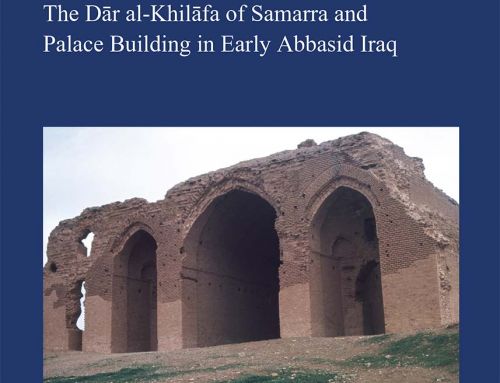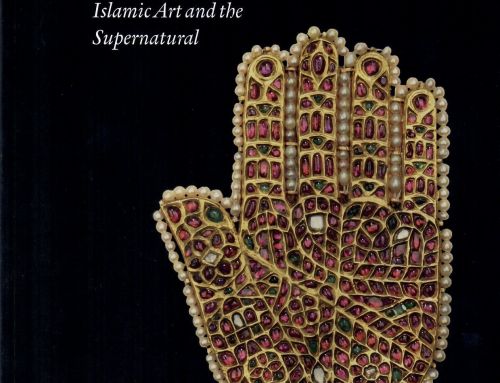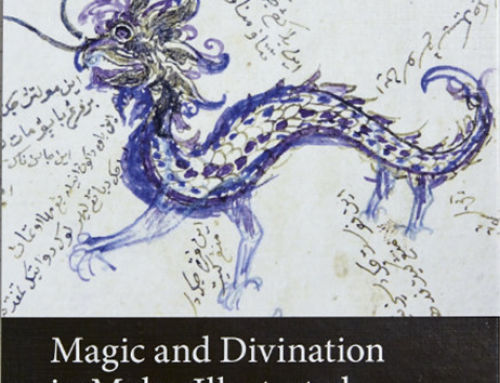Joining an emergent literature of “local art histories,” Fantasmic Objects offers the first English-language study of modern art in Lebanon. It is, moreover, the first study of Lebanon through art. An historical ethnography of “art acts” which played a significant role in co-founding the nation during French occupation (1920-1950), Fantasmic Objects foregrounds the decolonizing and self-civilizing efforts of painters, sculptors, and activists who fiercely upheld aesthetic development and battled for new forms of political and pious being. It thus recontextualizes the art of Lebanon’s recent “postwar period” by closely reading artworks and careers through the lens of Islamic theories of fantasm that informed twentieth-century civic experimentation. Focusing on the interactions that specific artworks, such as Moustapha Farrouk’s “Two Prisoners” and Omar Onsi’s “At the Exhibition,” prompted for a public seeking to “merit” its liberation, Fantasmic Objects registers the agency of art for Lebanese-to-be who both resisted French colonization and formulated a “modern-contemporary,” i.e. counter-Ottoman, translocal identity. Forthcoming with Indiana University Press for the series Public Cultures of the Middle East and North Africa, edited by Paul Silverstein, Susan Slyomovics, and Ted Swedenburg.






